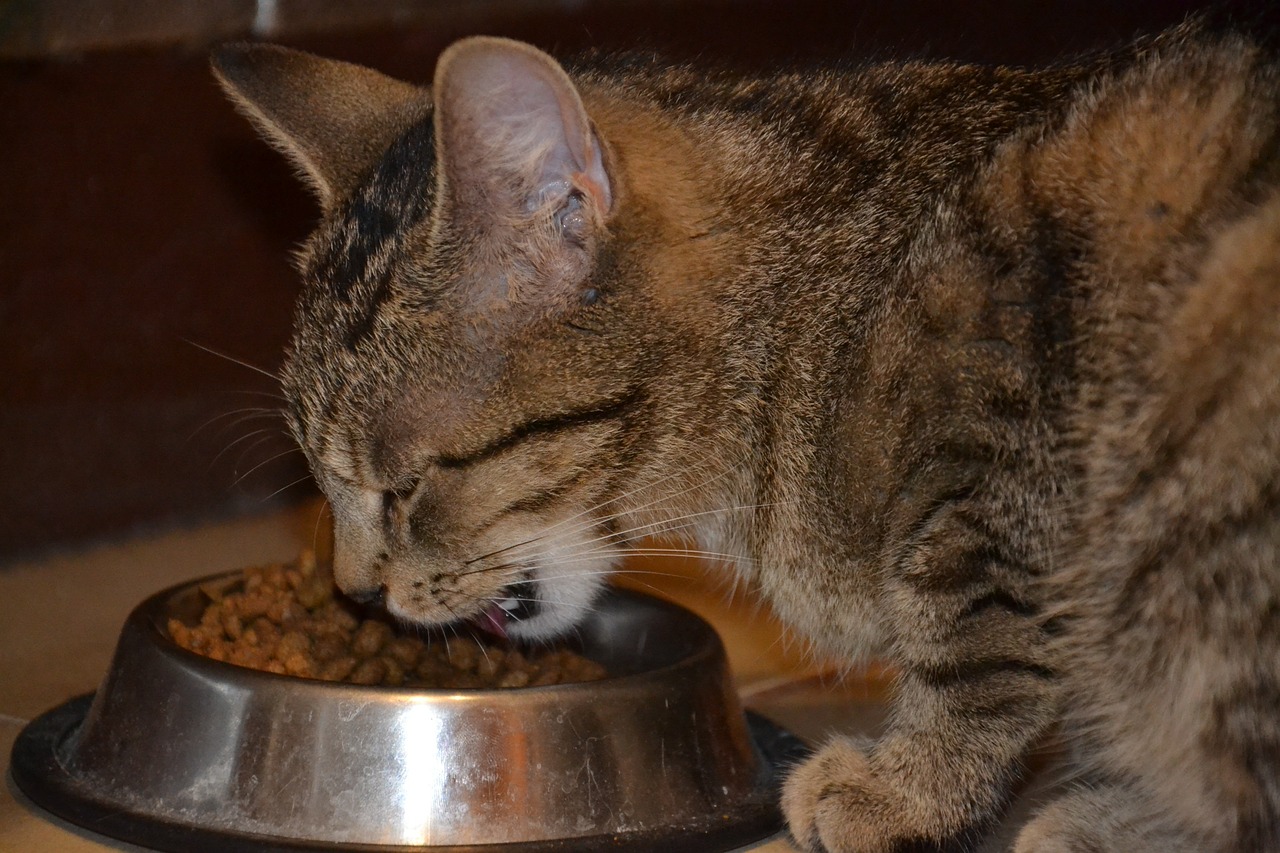One of the most common diseases affecting older cats, hyperthyroidism is caused by the overproduction of thyroid hormones that increase the body’s rate of metabolism.
These excessive hormone levels push the body’s metabolism into overdrive, resulting in weight loss and increased appetite. This disease also often leads to hypertension (high blood pressure).
Fortunately, hyperthyroidism can be easily managed and with treatment, most cats continue to live full, healthy lives.
What causes hyperthyroidism?
While there is no known cause of hyperthyroidism, some risk factors, such as advancing age and dietary iodine levels, may play a role in the development of this disease. Thyroid cancer is rare.
What are the symptoms?
Signs of hyperthyroidism include:
- Weight loss
- Increased appetite
- Increased thirst
- Increased urination
- Vomiting
- Diarrhea
- Rough or unkempt hair coat
- Poor body condition
- Increased vocalization
- Anorexia
Heart disease and hypertension may also occur as a result of hyperthyroidism. These problems develop as the heart enlarges to meet the body’s increased metabolic demands. Fortunately, these issues are often reversible with treatment.
How is hyperthyroidism diagnosed?
In most cats with hyperthyroidism, the disease is confirmed with a simple test that measures the level of thyroxine, or T4, in the blood. Usually, this level is so high that there is no question as to the diagnosis. In addition, the veterinarian may also be able to feel the enlarged gland in the neck.
Occasionally, however, the T4 level will appear in the upper range of normal even though the cat is exhibiting clinical signs. This may indicate an early or mild stage of the disease and a second test may be performed to make a definitive diagnosis.
How is it treated?
Though there is no cure for hyperthyroidism, it can be successfully managed in a number of ways. Traditional methods of treatment include oral medication, diet, radioactive iodine therapy and surgery.
Because less than two percent of hyperthyroid cats actually have cancerous growths of the thyroid gland, treatment of this disease is generally very successful.
 Oral medication: Daily anti-thyroid drugs are used to prevent production of excess hormones and control the effects of the overactive gland. To be truly effective, it must be given for the remainder of the cat’s life. Regular blood tests must also be done to keep the dosage regulated.
Oral medication: Daily anti-thyroid drugs are used to prevent production of excess hormones and control the effects of the overactive gland. To be truly effective, it must be given for the remainder of the cat’s life. Regular blood tests must also be done to keep the dosage regulated.
Dietary treatment: Research has shown that feeding an exclusive, low-iodine diet, such as Hill’s Prescription Diet y/d, can help to decrease thyroid hormone concentrations and alleviate clinical signs of hyperthyroidism.
Radioactive iodine therapy: Radioactive iodine therapy is designed to provide a permanent solution to hyperthyroidism and is often the most effective method of treatment. Radioactive iodine is given by injection to destroy all abnormal thyroid tissue without endangering other organs.
Surgery: Surgical thyroidectomy, or removal of the thyroid glands, is another option for permanent treatment. This method is rarely used, however, because less invasive methods are available.
While hyperthyroidism cannot be prevented, watching for the clinical signs of hyperthyroidism outlined above and making regular trips to the vet can help detect this condition early.
For more information about hyperthyroidism in cats, talk to your family veterinarian.
